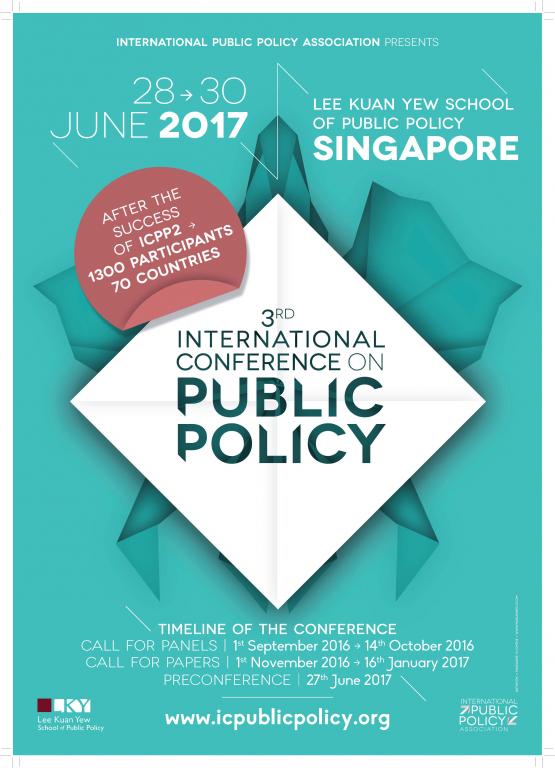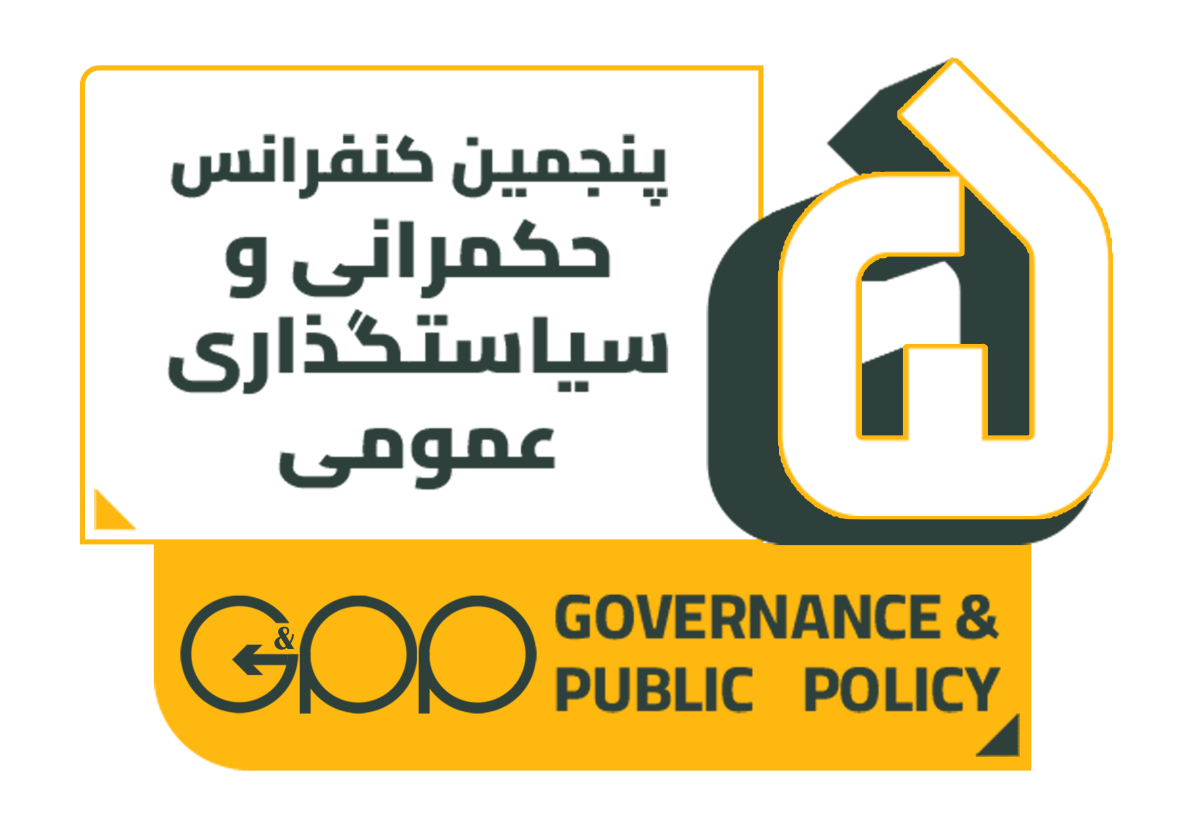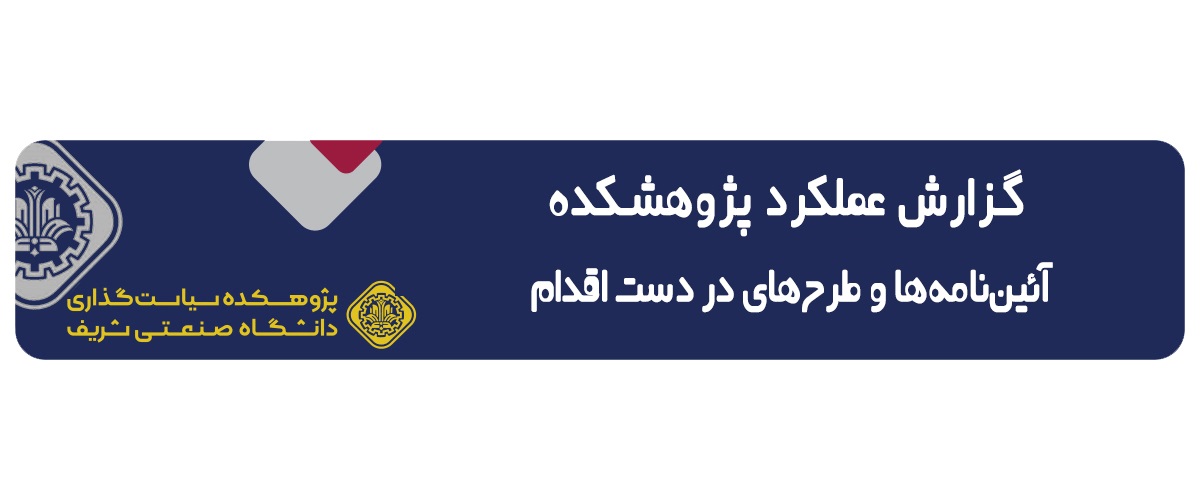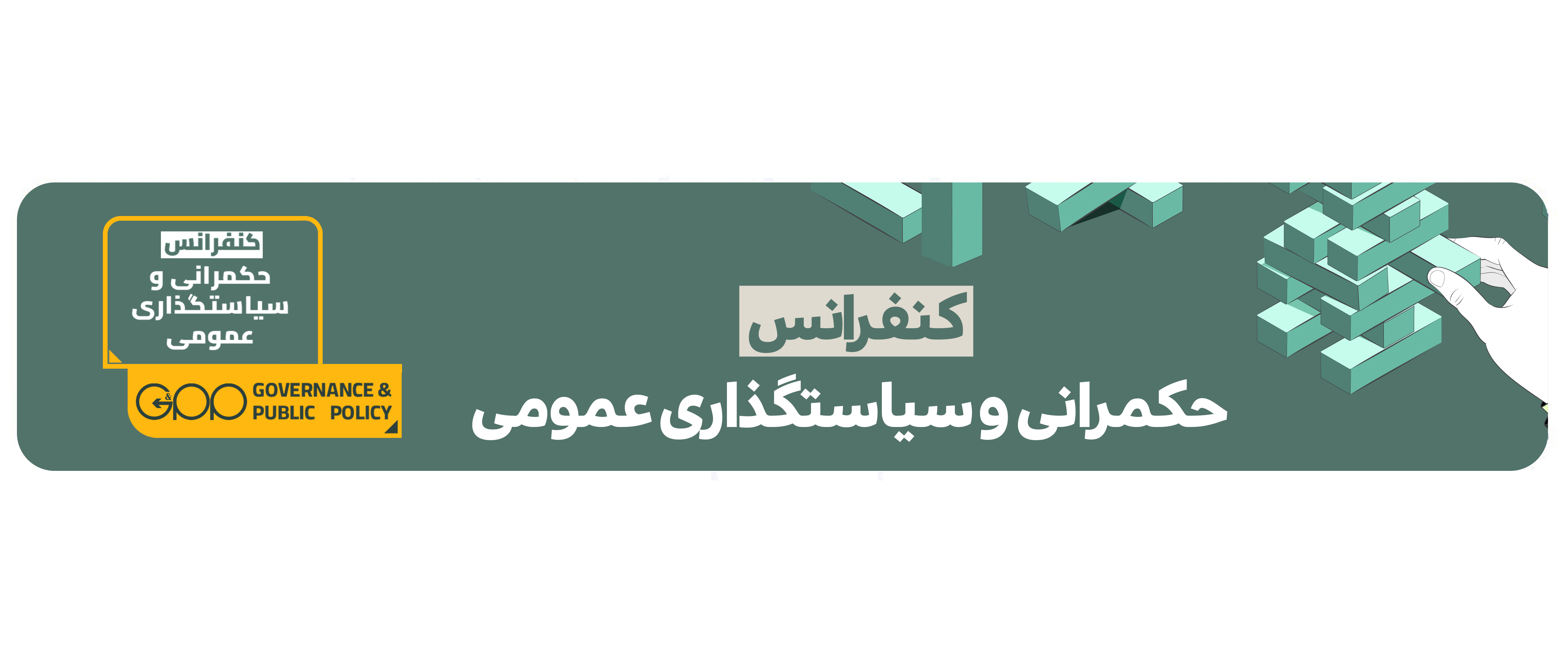چکیده
In today’s world, where knowledge-based economy is playing a major role in promotion of welfare and sustainable economic development of nations, the demand for evaluation of science, technology and innovation (STI) has been escalating. Monitoring and evaluation (M&E) of science and technology (S&T) at country-level usually comes with STI indicators and the framework accommodating them. The problem is that when designing a national STI framework as a role of government, policy-makers would encounter a lot of diverse frameworks in connection with STI area being developed by international organizations and countries. Dealing with this plethora of frameworks requires skills to compare, categorize, benchmark and utilize them in order to best leverage previous fragmented efforts. This paper extends the recently published research, in which four criteria were suggested for categorization and comparison of STI indicator frameworks, including Coverage of STI (comprehensiveness), Implementation, logical Simplicity and Comparability of a framework, its components and indicators (CISC model). The present extension suggests purpose and functions of frameworks as two complementary criteria for categorization of 22 well-known STI indicator frameworks. By STI indicator frameworks, it is meant to cover models as diverse as Global Innovation Index (GII), Knowledge Economy Framework of World Bank, EU Innovation Union Scoreboard, STI Framework of UNCTAD for developing countries (2010), US National Science Board’s (NSB) model (2012), Competitive Industrial Performance of UNIDO (2001), Global Competitiveness Report of World Economic Forum (WEF), ArCo Model of Technological Capability (2004), framework of Canberra Manual of OECD (1995), National Innovative Capacity of Furman et al. (2002), Schematic Diagram of National System of Innovation (NSI) of UNCTAD (2011) and Technology Life Cycle Framework of Tassey (2011). While title, goal and positioning of the 22 studied frameworks may seem diverge and sometimes their comparison peculiar, it is the logical framework behind and their connection with STI areas in various ways which has made them nominated for the analysis. These categorization criteria are the results of literature review and continuous discussions with academics and practitioners involved with designing an indicators framework for monitoring and evaluation of Iran’s STI since 2013. The results indicate that criteria of purpose and functions covered by a STI indicators framework could provide valuable insights for categorization and comparison of them. By purpose criterion, STI frameworks could be classified as oriented toward development of 1) science, 2) R&D, 3) technology, 4) innovation, 5) economic growth, 6) human resources or 7) sustainability. By functions criterion, one may seek if a framework covers 1) human resources, labor and education areas; 2) firms and private sector; 3) government and institutions; 4) ICT and other physical infrastructures; 5) educational, trade, legal, intellectual property, business and labor environments; 6) market, export and trade outputs; 7) R&D activities and resources; and 8) STI expenditures and finance. The resulting categorization is presented in a user-friendly visualization for the 22 frameworks. The categorization would benefit governments and policy-makers in setting up STI indicator frameworks, while comparing and leveraging diverse international and national frameworks available based on their purpose and functions covered.



 علی ملکی
علی ملکی نجم الدین یزدی
نجم الدین یزدی




